It’s not an out of pocket statement to say that the modern games industry was built on the backs of the humble side-scroller. Once Super Mario Bros. showed the entire world how to do it, the market flooded, fast. Running, jumping, climbing, and occasionally stomping on a bad guy’s head were the default genre of video games for the longest time, and it wasn’t long before creators found ways to branch out. Even after 3D changed the game, developers still fell back on bread-and-butter concepts for gameplay, and for good reason. Stages may be sprawling but generally head on particular direction. The vast majority of the mechanics are introduced right at the start and stay constant. There’s a clear separation of stages, rather than the blending necessary for a good Metroidvania. And yes, those are old principles to keep alive after all these years, but as a wonderful, macho man once said, the cream will always rise to the top. And over the years, some genuinely brilliant things have been done to keep the genre up to code in terms of what players expect in recent times. With that in mind, here’s a big list of the best sidescrollers that have and likely will stand the test of time.
Mega Man 2 (1989, Capcom, NES)
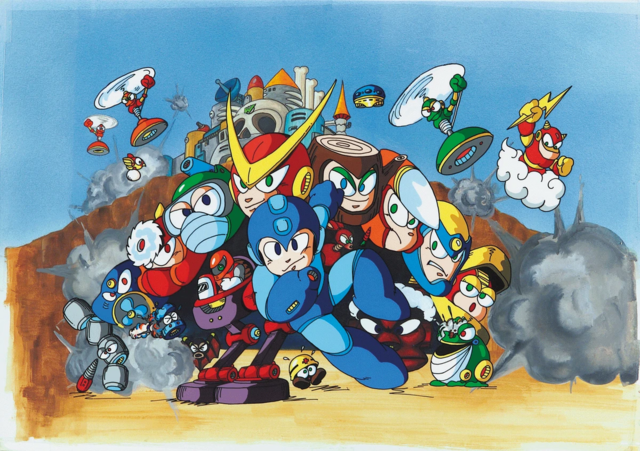
Mega Man 2 on NES
Super Mario Bros may have set the gold standard for how all the best sidescrollers should operate, but within two games, Capcom evolved the whole concept to produce one of the best NES games ever made. The original game innovated the whole concept of selectable stages, stealing the boss’ powers, and playing rock-paper-scissors to find out which power works against which bosses, but Mega Man 2 is such a massive jump ahead in every single aspect the first game can’t help but feel like a glorified tech demo. The stages and their theming is so much better defined, the challenges within them range from absolute joy to utterly diabolical, the eight robot masters are among the series’ most iconic, the surprises waiting in the later Wily Stages are still jaw-dropping. And, y’know, just gonna leave this here.
Strider (1989, Capcom, Arcade/Genesis)
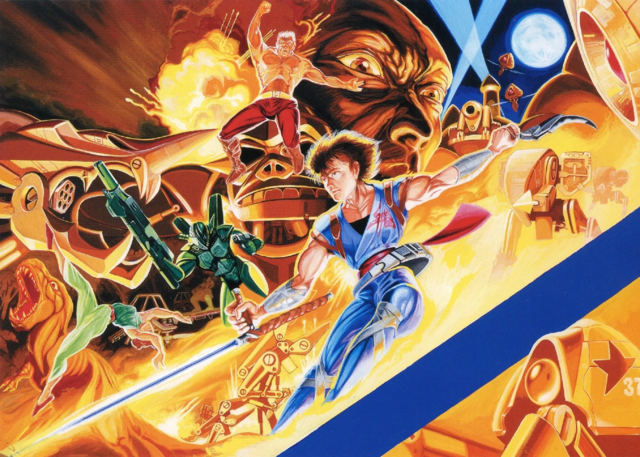
The Arcade version of Strider
In a medium that thrives on wild power fantasies, there are very few thrills that match up to getting to be a badass, sword-wielding ninja. But even in that hallowed niche, Capcom asked the fateful question in 1989 “You know what’s better than playing as a ninja?”, and the answer was “playing as a future ninja“. And that’s how we wind up with Strider, a side-scrolling, globe-trotting action game that looks, sounds, and feels like very little else at the time, every major enemy encounter and mechanic dialed up to absurd, comic-book levels of extreme. And yet, even as chaotic as the minute-to-minute running, jumping, and slashing can be, there’s plenty of method to the madness, and some of the most breathtaking and ambitious setpieces in all gaming, from a hammer-and-sickle wielding mechanized centipede made of the Russian politburo, to a zero gravity fight with a sentient satellite, to a final boss that begins with one of the most deliciously evil voicelines in gaming history.
Super Mario World (1991, Nintendo, Super Nintendo)
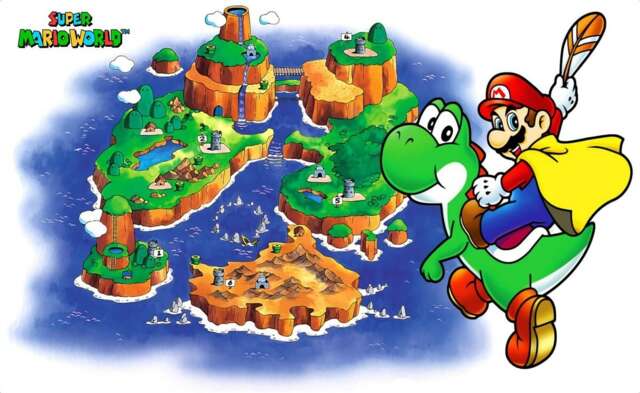
Super Mario World on SNES
Just about every mainline Super Mario game that comes out pushes the medium an inch or two forward in some direction or another, and even getting to the point where Mario’s hat lets him possess any living creature in the environment, Super Mario World feels like the true apex of our beloved plumber’s long, storied career. Sure, it gets credit for introducing Yoshi to the world, and the Super Cape is still untouchable for the best Mario power-up, but we also don’t talk about Mario World as one of the most breathtaking feats of game design in game history. This is a game of secrets upon secrets upon secrets, sometimes within the same level. Stages with multiple exits, hidden map levels that unlock platforms, thrilling stage gimmicks, the giant-size enemies, the multiple layers of obstacles, to say nothing of the fact that what passes for a Warp Zone in Mario World, the Star Road and the Special area, is a multistage, expert-level gauntlet that demands complete mastery of the game’s mechanics. All of that has laid the foundation for a cottage industry of modded levels that have become viral video bait over the last two decades. This is Mario’s masterpiece.
Super Castlevania IV (1991, Konami, SNES)
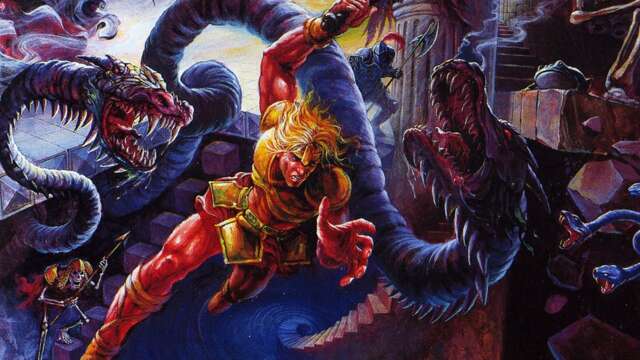
Super Castlevania IV on SNES
Castlevania has always straddled a very particular line of campiness. It’s never been coy about its Universal Monster influences, and never really ever meant to immerse gamers in anything resembling realism when it comes to how it presents the supernatural. Part of that’s the limitations of technology, but by the time CD soundtracks and painterly graphics became commonplace, the series had gone pretty deep down an anime-inspired rabbit hole. Such is why, to this day, it remains such a unique thrill when you let Castlevania IV get to its attract screen: Dracula’s desecrated grave struck by lightning and a hauntingly dark synth line rolls in with the fog. More than any game in the series prior, and most of them after, Castlevania IV fully entrenches itself in gothic horror and natural ruin. It looks and sounds the way your average Opeth album feels, with an added dose of Mode 7 surreality ratcheting up the uneasiness. All that is on top of one of the last linear side-scrolling Castlevania titles to feel like a legitimate dark evolution of the NES titles and a worthy horror experience rather than following Rondo of Blood’s lead.
Sonic 3 & Knuckles (1994, Sega, Genesis)
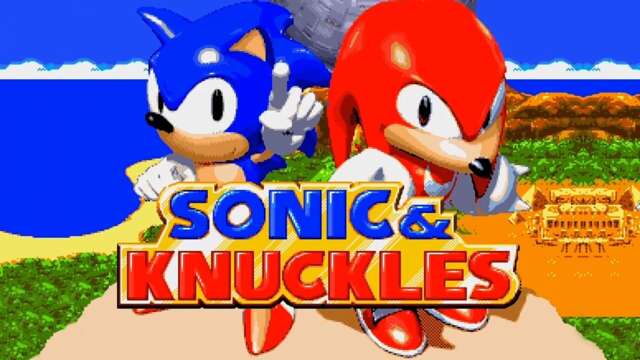
Sonic 3 & Knuckles
Technically, Sonic 3 & Knuckles is just the real Sonic 3, the ultimate, full-fat, uncompromised version of what Sonic could be on the Genesis, after RAM limitations forced the devs to rush the original version of Sonic 3 out the door. More than that, it’s still the flat out best Sonic game (though nothing but love to Sonic CD, and Sonic Mania comes so very close). It’s the fastest the blue blur would ever run, the most expansive collection of levels, with nary a dud in the bunch, the best story they would ever tell without having voice acting to fall back on, it’s one of the strongest soundtracks on the Genesis, and every new mechanic introduced adds complexity to the moments where Sonic has to slow down without making those stretches drag on as they can often do. 30 years and the series’ shift to 3D later, nothing Sega has done with our favorite hedgehog has been able to outdo this.
Rocket Knight Adventures (1994, Konami, Genesis)
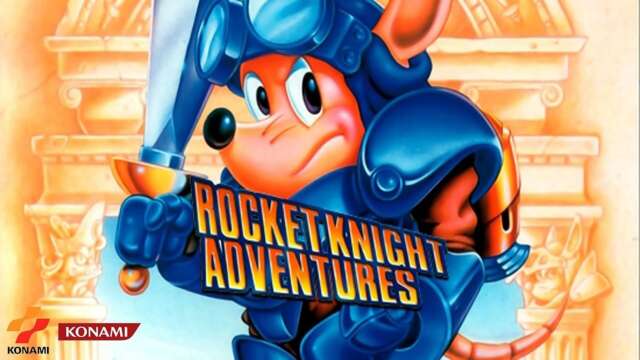
Rocket Knight Adventures on Genesis
The graveyard of gaming history is littered with the corpses of the mascots that time forgot. For every Kirby or Shantae, there’s a James Pond, a Boogerman, an Aero the Acrobat, a Gex, or, god forbid, a Bubsy. But there’s also the special category of attempts that may currently be resting in peace, but only because they lived fast and burned bright. In this case, Sparkster burned bright enough to launch into the stratosphere. Rocket Knight Adventures starts out almost laughably simple, as players learn the ropes of how exactly an armored possum with a sword and a jetpack can save the world from an army of pigs, but starting in the second stage, Konami gets ambitious. A unique, cartoony sense of humor, some eye-popping graphical spectacles pushing the Genesis to its limits, a combat and traversal system with enough depth to stay fresh for hours, and an underdog pick for one of the best soundtracks on the Genesis. Seriously, throw this on in a tent at Coachella, see if anybody complains.
Super Meat Boy (2010, Team Meat, PC/Xbox 360)
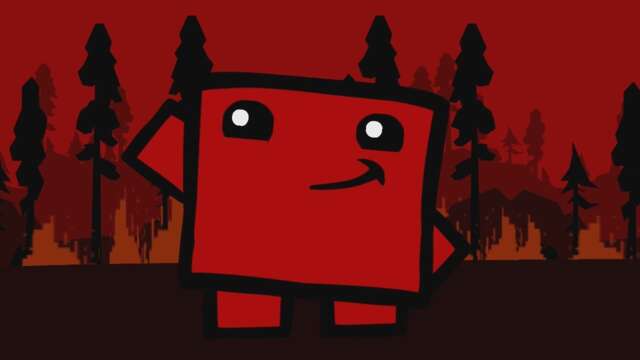
Super Meat Boy
It would be a long while before the smoke would clear, and 3D platformers could actually make room at the table for 2D to come roaring back, and it would ultimately come down to the holy indie trinity of Fez, Braid, and Super Meat Boy to herald that this style of game was not only back but here to stay. Of the three, while Braid got most of the attention at the time, the meta twist basically made the game instantly age like a fine milk. Fez was creative, but also a pretty big step back, mechanically. Super Meat Boy, on the other hand, continues to be one of those games you can go hang out with for five minutes or five hours any time of the day. Even as punishing as some of its courses can be, the gross, Nickelodeon-esque sense of humor grants it a ton of grace, and the instant retries means that the fabled “one more game” quality all the best quick-hit titles have is absolutely undeniable.
Rayman Legends (2013, Ubisoft Montpelier, 360/PS3/WiiU)
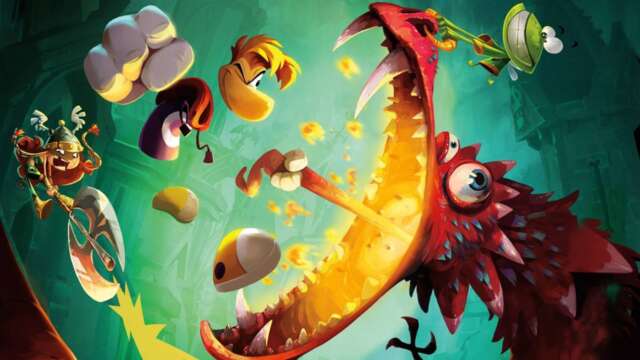
Rayman Legends
Rayman is another one of those would-be mascots that may never have hit the big leagues, but always had the respect of a certain caste of gamer, thanks to a string of outstanding, underrated platformers stretching all the way from the PS1. Rayman Origins, however, felt like our armless hero still had a masterpiece in him yet, with the only real complaint that it gets a little repetitive towards the end. On Rayman Legends, however, Michel Ancel nodded, said “defi accepte”, and crafted a sequel that levels up everything that was already brilliant about Origins, from the lighting system, to the level design, to the excellent new co-op mechanics. More than that, though, you got musical levels where all the wonderful, free-flowing mechanics were put to good use, bringing an eclectic collection of songs to vivid, delightfully animated life.
Shovel Knight (2014, Yacht Club Games, PC/WiiU/3DS)
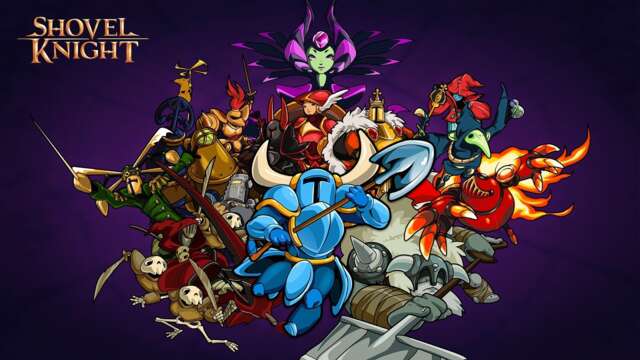
Shovel Knight
Many a dev winds up making a retro-inspired game that just feels like a modern game with pixel art, many can utilize old-school design principles with a new art style, but very few are capable of crafting a new 8-bit game to such perfection that it’s indistinguishable from the real deal. Yacht Club did exactly that with Shovel Knight, essentially setting out to make the best NES game, and succeeding on every single level. It’s the equivalent of making a dinner only using tools and ingredients available before 1901. It’s not just a work of greatness in its own right, but testament to just how unbreakable these design principles were made to be in the first place.
Celeste (2018, Maddy Makes Games, Multi)
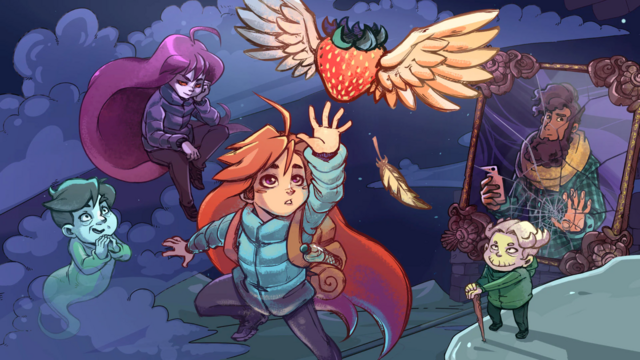
Celeste
Around the time Celeste released is around the time we start seeing the first skirmishes in the war over difficulty and accessibility, and just like the Souls games that kicked off the war in earnest, the beauty of Celeste is that it hits the perfect sweet spot of why and how a game can be insanely difficult: it’s justified by the plot–where the peril of our heroine climbing a mountain is baked into the extremely emotional/narrative arc–and even then, the game allows players to adjust their level of masochism without just flicking a switch for Easy Mode. The level design requires a skill and precision that can only come from trial and error, but along with being tough but fair, Celeste showed the world that it’s possible to make a game that’s still kind and thoughtful at the same time.
